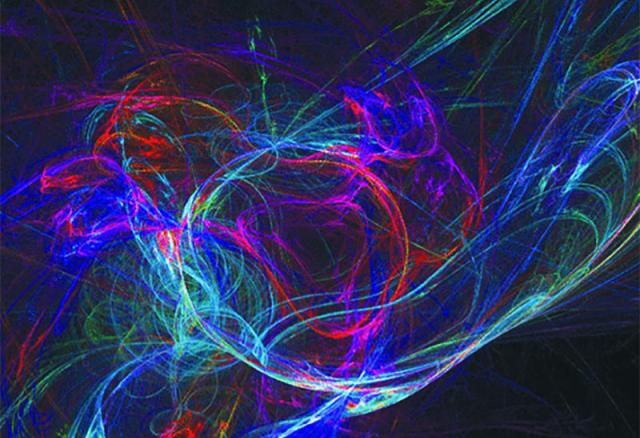Socially Intelligent Networks: A framework for decision making over graphs
By “social learning,” in this article we refer to mechanisms for opinion formation and decision making over graphs and the study of how agents’ decisions evolve dynamically through interactions with neighbors and the environment. The study of social learning strategies is critical for at least two reasons.









